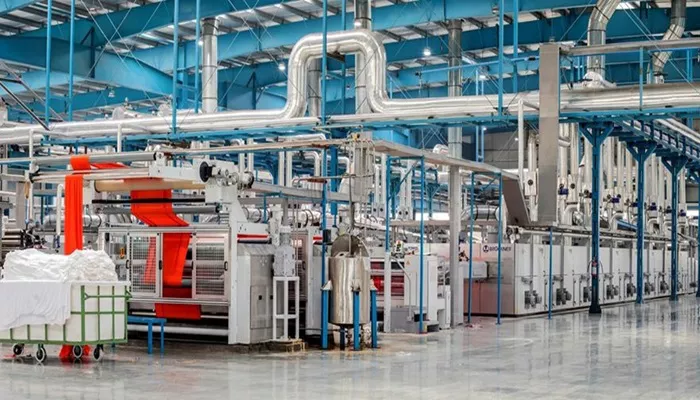A global survey of over 1,000 manufacturing companies has revealed four major obstacles slowing down digital transformation in the industry. The study, conducted by MindMetre, highlights challenges in management understanding, data utilization, employee engagement, and industry collaboration as the primary hurdles.
The report, titled Driving Digital Dynamics, builds on earlier research showing that only 25-30% of manufacturers had adopted significant digital transformation initiatives in 2023-24. This indicates substantial untapped potential for improvement across the sector.
Key Challenges
Management Understanding: Many leaders struggle to evaluate the benefits, risks, and return-on-investment (ROI) of digital transformation. Clearer guidance on best practices is needed.
Data Utilization: Companies face difficulties in capturing, managing, and leveraging data to gain a competitive edge.
Employee Engagement: Workers on the shop floor need better support to adapt to and manage new systems and processes.
Industry Collaboration: Greater knowledge-sharing between buyers, suppliers, and industry bodies is essential to drive progress.
Call for Greater Collaboration
The report stresses the need for stronger international collaboration and the sharing of successful case studies to accelerate transformation. It also highlights the importance of a mindset shift among manufacturers and technology providers. While national trade associations have made commendable progress, their efforts remain insufficient to sustain and speed up the pace of change.
Paul Lindsell, Managing Director of MindMetre, acknowledged the positive steps taken by industry bodies and technology providers. He noted that some companies are already hosting workshops and forums to share experiences. However, he emphasized that these initiatives are not yet widespread enough to overcome the persistent barriers identified in the survey.
Industry 5.0 and the Human-Machine Interface
The emergence of Industry 5.0, which emphasizes the integration of human and machine capabilities, reflects progress in the sector. However, Lindsell argued that more must be done to build momentum. He called for a “leap of faith” from both suppliers and buyers to create an open, collaborative ecosystem. Such an environment would encourage investment in new technologies, leading to significant improvements in efficiency, agility, and production capacity.
While some forward-thinking suppliers are already taking steps in this direction, Lindsell urged the majority to follow suit. “Confident suppliers are making these moves, but the industry as a whole needs to get on board,” he said.
The report underscores the urgent need for collective action to overcome these barriers and unlock the full potential of digital transformation in manufacturing.

